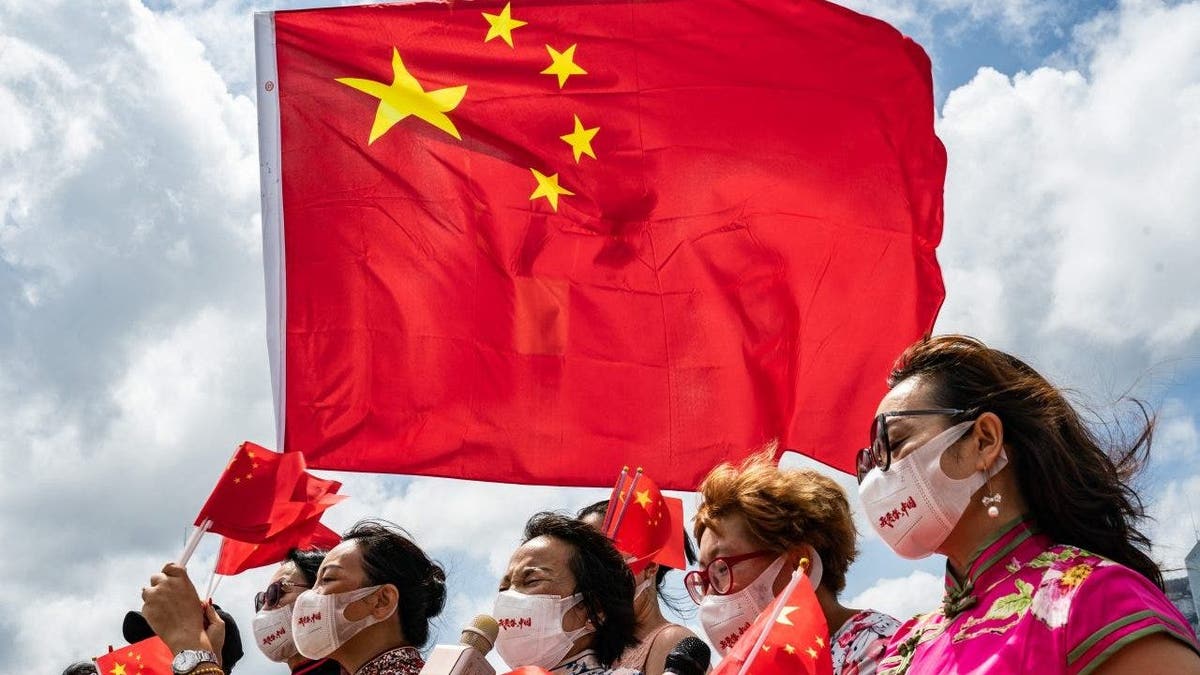China’s population falls again as record low births pose economic strains
After years of seeking to control its population growth with a one-child policy, China now faces the opposite problem with falling birth rates and an aging population posing long-term economic and societal challenges for the communist nation.
On Wednesday, the Chinese Communist Party (CCP) announced China’s population fell by 2 million in 2023, its second straight annual decline.
It comes as births dropped for the seventh straight year while deaths jumped following the end of COVID-19 restrictions.
IRISH CLIMATE MINISTER GREETS CHINESE PREMIER WHO ARRIVED ON RECORD-SIZE PLANE AT DUBLIN AIRPORT
New births fell 5.7% to 9.02 million. And the birth rate reached a record low 6.39 births per 1,000 people, down from a rate of 6.77 births in 2022, the National Bureau of Statistics said, according to Reuters.
The number of deaths rose by 690,000 to 11.1 million, more than double the previous year’s increase and the highest level since 1974 during the Cultural Revolution. Demographers said the rise was driven by the aging of the population and the widespread COVID-19 outbreaks that started in December 2022 and continued into February 2023.
The National Bureau of Statistics said the total number of people in China fell by 2.08 million, or 0.15%, to 1.409 billion in 2023.
That was well above the population decline of 850,000 in 2022, which had been the first since 1961 during the Great Famine of the Mao Zedong era.
The lower fertility rate, together with people living longer because of better health care, means China is slowly growing older, something that could slow economic growth over time and challenge the government’s finances and its ability to provide for a larger elderly population with fewer workers, according to The Associated Press.

CHINA ‘IN DISTRESS’: ECONOMY SUFFERING ‘RAPID’ SLOWDOWN AS ‘SYSTEMIC’ PROBLEMS SURFACE
The government issued guidelines earlier this week on developing the “silver” economy and enhancing the well-being of older people. They included expanding geriatric hospital and nursing care, encouraging the development of clothing, food and other products suitable for older people, cracking down on scams that target the elderly and making it easier to operate a TV, according to the AP.
Meanwhile, the country’s retirement-age population — 60 and over — is expected to balloon from about 280 million people now to more than 400 million by 2035 and strain government coffers. That would mean China’s retirement age population would be far greater than the population of the United States.
The fresh data adds to concerns about the world’s second-biggest economy’s growth prospects as it loses workers and consumers.
According to Business Insider, approximately 21.3% of Chinese citizens aged 16-24 were unemployed in June, a record high. Social media users cited a lack of jobs and burnout, inspiring them to move back home rather than send out more job applications.

The government has sought to encourage births since gradually easing the one-child policy from 2014 to 2016 to allow a second child and then a third child in 2021. But, so far, it has had little success.
“Population decline will severely undercut the ability of the economy to grow,” China expert Gordon Chang told FOX News in February. “China’s demographic dividend was largely responsible for the growth of the Chinese economy in the ’80s and ’90s. That was an extraordinary bulge in the workforce. Now, we are seeing the opposite of that.”
Reuters, The Associated Press and Fox News’ Lindsay Kornick contributed to this report.
Read the full article Here


